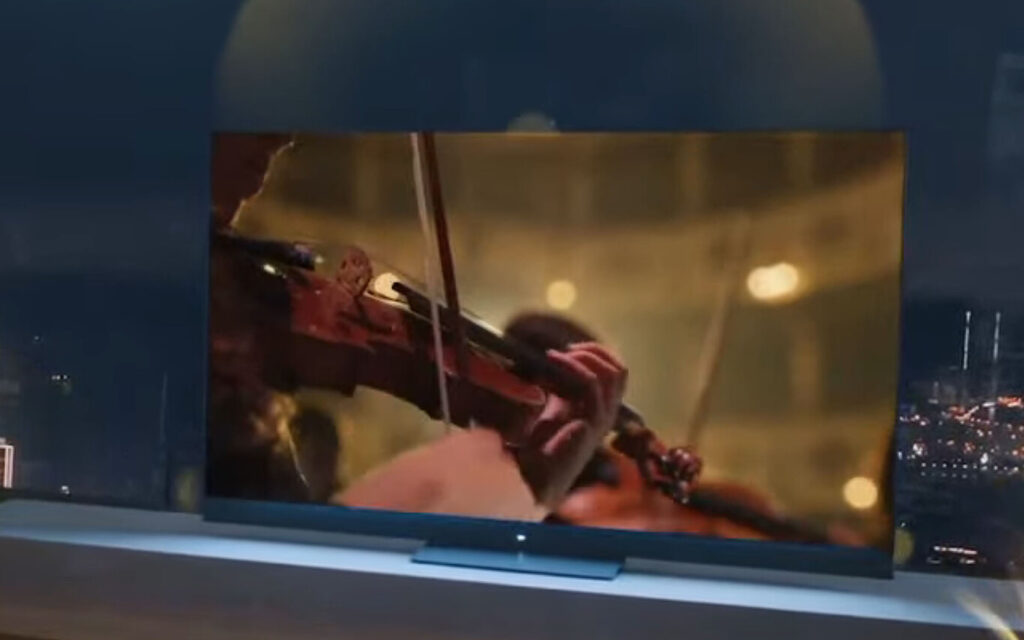TCL was the first manufacturer to opt for MiniLED backlighting. It did so before Samsung, Philips and LG decided to integrate this technology into their LCD panel TVs.
The X925 PRO and X925 models that have just been presented incorporate very interesting innovations. Both TVs integrate a 10-bit MEMC QLED MEMC LCD panel with 8K resolution, 120 Hz, and MiniLED backlighting, which reflects that they are two high-end devices. And, as we are going to see below, on paper they have a very neat sound.
TCL X925 PRO and X925 Datasheet
| X925 PRO | X925 | |
|---|---|---|
| Panel | 10-bit QLED 8K MEMC LCD, with OD Zero technology, 120 Hz and 16:9 aspect ratio | 10-bit, 120 Hz, 16: 9 aspect ratio 8K MEMC QLED LCD |
| Resolution | 7680 x 4320 dots | 7680 x 4320 dots |
| Inches | 85 inches | 65 and 75 inches |
| Backlight | MiniLED | MiniLED |
| HDR | Dolby Vision IQ, HDR10+, HDR10 y HLG | Dolby Vision IQ, HDR10+, HDR10 y HLG |
| Operating System | Google TV | Google TV |
| Connectivity | HDMI 2.1 con ALLM, VRR y eARC | HDMI 2.1 con ALLM, VRR y eARC |
| Wireless Connectivity | WiFi 6 | WiFi 6 |
| Sound | Designed in collaboration with Onkyo Dolby Atmos processing 5.1.2 channels 160 watts total power Acoustic design that takes advantage of wall reflections | Designed in collaboration with Onkyo Dolby Atmos processing 2.1 channels 60 watts total power |
| Extra Features | Integrated camera for video calls. Google Duo | Integrated camera for video calls. Google Duo |
QLED, MiniLED, 8K, and HDMI 2.1: these are the assets of TCL’s bet in the high-end range
As the name suggests, the X925 PRO and X925 models have a lot in common. As I mentioned above, both incorporate a QLED 8K LCD panel with MiniLED backlighting, a native refresh rate of 120 Hz, and HDMI 2.1 connectivity. In addition, they can process all the most popular HDR formats currently (Dolby Vision IQ, HDR10+, HDR10, and HLG), which in this field puts them in the same league as Panasonic, Philips, and Hisense.
One of the features favoring the X925 PRO model over the X925 is that the former incorporates OD Zero (Optical Distance Zero) technology developed by TCL. Thanks to it, this manufacturer has managed to reduce the thickness of its TVs to between 1.5 and 2 cm and has achieved this by eliminating the lens that was responsible for scattering the light emitted by the LEDs, which are now so many and so close together that they can remain completely glued to the LCD panel, and still ensure an even distribution of light. We will see how this innovation performs if the opportunity arises to thoroughly test the new X925 PRO.

One consequence of incorporating OD Zero technology into the X925 PRO is that the latter is slimmer than the X925. In addition, TCL delivers it together with a rather nice aluminum and methacrylate cabinet with an integrated soundbar that, as we will see below, has been designed by this Chinese company in collaboration with Onkyo. The X925 model incorporates a traditional central stand, so we can expect it to be significantly cheaper than its big brother.
TCL has confirmed that both models implement the full HDMI 2.1 standard, so we propose ALLM, VRR, and eARC technologies, in addition to being able to pick up 4K signals at 120 Hz. What we don’t know yet is how many HDMI ports implement the 2.1 standards. Let’s keep our fingers crossed that it will be all four and not just one or two, as most manufacturers do.

Another interesting feature that both TVs have in common is that they incorporate a retractable camera at the top, designed to be used for video calls. Their operating system is Google TV, so whoever gets one of them will be able to use Google Duo to communicate with their contacts in an intuitive way. Another interesting feature: both TVs come with WiFi 6.
As we are seeing, on paper these TVs look good. The combination of a state-of-the-art QLED LCD panel and MiniLED backlighting should ensure high overall picture quality, something we look forward to seeing. However, like any other 8K TV, one of the critical challenges they necessarily have to solve is scaling 4K and Full HD content to this resolution. If the opportunity arises to test them we will see how they perform in this usage scenario.
A careful sound in which Onkyo has contributed its grain of sand
As I mentioned a few paragraphs above, the sound of these TVs has been executed by TCL in close collaboration with Onkyo (at least this is what the Chinese brand promises). The X925 PRO model implements 5.1.2 channels, and its generous speaker endowment is excited by a battery of class D amplifiers capable of delivering a combined power of 160 watts. Not bad at all. In addition, this TV takes advantage of wall reflections to recreate a convincing surround sound, always according to what TCL promises us.

The audio of the X925 model is less ambitious, although it doesn’t look bad. This TV implements 2.1 channels and incorporates an amplifier section capable of delivering a maximum total power of 60 watts. However, like its big brother, it is capable of processing Dolby Atmos content.

Pricing and Availability for TCL X925 PRO and X925
TCL has not yet confirmed what price these TVs will have, nor when they will arrive in stores, although presumably, they will arrive in the coming weeks. As soon as we have this information we will update the content of this article to include it.
This post may contain affiliate links, which means that I may receive a commission if you make a purchase using these links. As an Amazon Associate, I earn from qualifying purchases.

